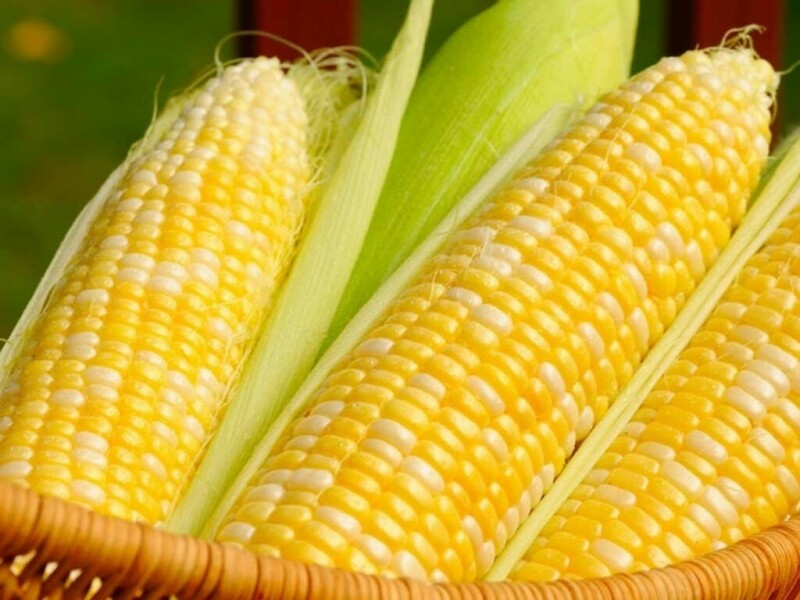CANBERRA: Chicago wheat, soybean and corn futures fell on Monday as traders awaited US Department of Agriculture reports later in the day that are expected to show the largest September stocks of all three crops in the United States since 2020.
The most-active wheat contract on the Chicago Board of Trade (CBOT) was down 0.6% at $5.76-1/2 a bushel, as of 0322 GMT, with CBOT corn 0.4% lower at $4.16-1/4 a bushel and soybeans slipping 1.2% to $10.53 a bushel.
Plentiful supply pushed all three contracts to four-year lows in July and August, but they have regained some ground since, helped in part by a weaker dollar making US crops more competitive on global markets.
Interest rate cuts in the United States and elsewhere have not only weakened the dollar but should stimulate economic activity and demand, supporting CBOT prices, Commonwealth Bank analyst Dennis Voznesenski said.
“The demand side is starting to improve,” he said. Some supply concerns have also crept into the markets.
Soybeans hit their highest in two months on Friday as Hurricane Helene damaged crops and infrastructure in the Gulf Coast region, while dryness in top producer Brazil is slowing the start of planting there.
Dry weather could shrink grain production in Ukraine, a major wheat and corn exporter, to 54.6 million tons in 2024 from around 60 million tons last year, the country’s new agriculture minister said.
Chicago corn, soybeans dip
Lack of rain also threatens crops in parts of Russia and Australia, while too-heavy rains hurt yields in western Europe, with the European Commission cutting its forecast for usable EU common wheat output in 2024/25 to a 12-year low of 114.6 million tons. Russia hiked the export duty for corn almost tenfold on Friday in the first sign of export curbs amid lower corn crop forecasts.
After months of unusually pessimistic sentiment, speculators’ bearish bets across Chicago soybeans and corn have finally reduced to the point that they are in line with other recent supply-heavy years.
However, while the wheat supply outlook may be tightening, the ongoing US harvest of bumper crops of corn and soybeans should keep a lid on prices, Voznesenski said.

Source: Brecorder




























